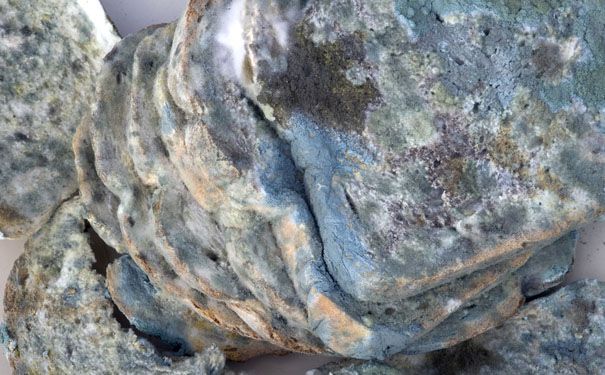
Bread mould also has a body clock. Image: Shutterstock
Humans aren’t the only organisms ruled by their body clocks. Researchers at the Centre for Organelle Research (CORE) at the University of Stavanger , Norway, have revealed that mould can also suffer from jet lag.
Scientists studying the circadian rhythms of red bread mould have shed some light on how our own inner clocks work. Fungi and humans share a number of diurnal principles, such as the onset of jetlag after a change of time zones.
Mould produce a new generation of spores (called conidia) every 24 hours, governed by circadian rhythms. These circadian rhythms will proceed even if the mould is placed in constant darkness- if it lacks light; it adjusts its cycle length to 22 hours.
The CORE researchers altered the duration of exposure to light (day) and dark (night) to see how the mould would respond. The mould adapted to the new times, but suffered jet lag- like us, it also needs to take some time to adjust to a new time zone and can become stressed in the process.
The body clocks of all organisms are ruled by genes, which allow an organism to follow a pattern if the time indicators (light and darkness) are removed. For example, if a human can’t tell the difference between day and night, our bodies will adapt to a 25.5 hour cycle.
The researchers have also added various substances, such as lithium, to the mould, to determine how these would affect sleeping patterns. In the case of lithium addition, the mould’s circadian rhythms were prolonged and a closer examination of the “˜clock’ protein showed that the protein frequency had become more stable after the addition of lithium, effectively extending the mould’s day.
The inner clock also governs body temperature, blood thickness and the metabolism of an organism. Scientists hope that these discoveries will advance our understanding of how our own body clocks work and how they are affected by jet lag, shift work and illness.






